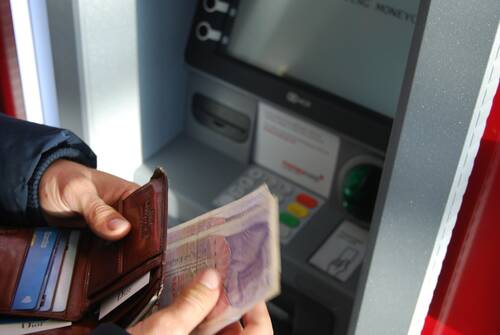How to Get a Personal Loan
A personal loan can be a valuable financial tool to help you cover unexpected expenses, consolidate debt, or fund important life events. Here's a step-by-step guide on how to get a personal loan.

1. Determine Your Need
Before applying for a personal loan, assess your financial situation and determine why you need the loan. Whether it's for home improvements, debt consolidation, medical bills, or a major purchase, having a clear purpose will help you decide how much to borrow.
2. Check Your Credit Score
Your credit score plays a significant role in the loan approval process and affects the interest rate you'll be offered. Obtain a free credit report and review it for any errors or discrepancies. Aim to improve your credit score if it's not in the best shape by paying bills on time and reducing outstanding debt.
3. Research Lenders
Explore various lending institutions, including banks, credit unions, online lenders, and peer-to-peer lending platforms. Compare their interest rates, fees, and loan terms to find the most suitable lender for your needs.
4. Prequalify or Get Preapproved
Many lenders offer prequalification or preapproval processes that allow you to check your eligibility for a loan without impacting your credit score. Preapproval provides a clearer idea of the loan amount and interest rate you can expect.
5. Gather Necessary Documents
Prepare the required documents, such as proof of income, employment verification, bank statements, and personal identification. Each lender may have specific document requirements, so be sure to inquire in advance.
6. Complete the Application
Submit your loan application with the chosen lender. You can typically apply online or in-person at a bank or credit union branch. Ensure that you provide accurate information and review the terms and conditions carefully.
7. Await Approval
The lender will review your application, credit history, and documents. The approval process may take a few business days, depending on the lender's procedures.
8. Review the Loan Offer
Once approved, the lender will present you with a loan offer, detailing the loan amount, interest rate, loan term, monthly payments, and any associated fees. Take time to review and understand these terms.
9. Accept the Loan
If you are satisfied with the loan terms, accept the offer by signing the loan agreement. Keep a copy of all documents for your records.
10. Receive Funds
After accepting the loan, the lender will disburse the funds to your designated account. Depending on the lender, this process can take a few days to a week.
11. Repay the Loan
Adhere to the repayment schedule outlined in the loan agreement. Make regular, on-time payments to ensure you meet your financial obligations.
12. Monitor Your Credit
As you repay the loan, monitor your credit report to track your progress and ensure that payments are reported accurately.
Summary: Responsible Borrowing
Getting a personal loan requires careful consideration of your financial needs, creditworthiness, and lender options. By following these steps and borrowing responsibly, you can use a personal loan as a valuable financial tool to achieve your goals and manage your finances effectively.







